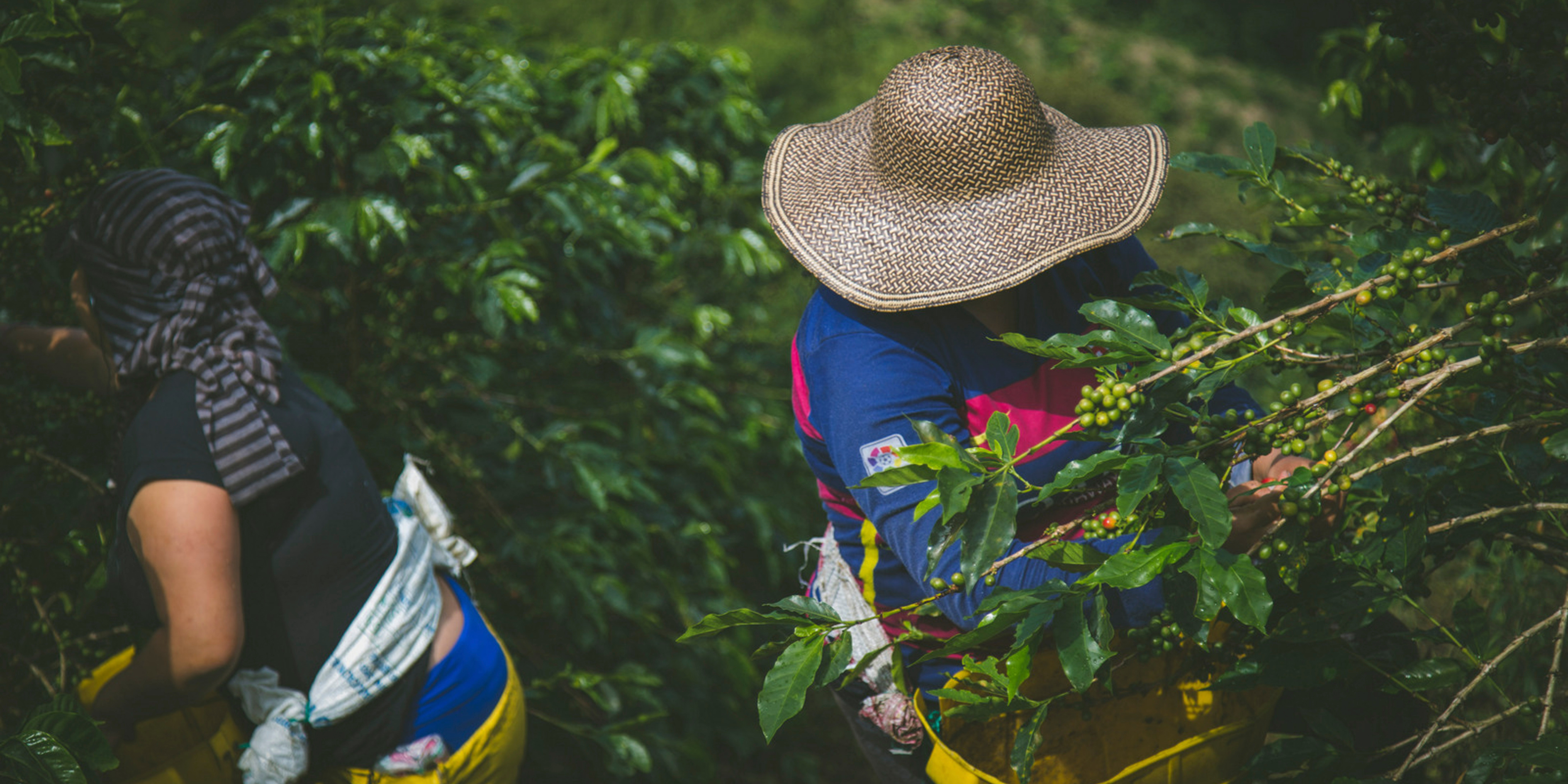What Is Single-Origin Coffee?
Why It Tastes Better, Fresher, and More Unique
Not all coffees are blends.
Single-origin means the beans come from one place—one farm, region, or country.
And that makes a big difference in flavor, traceability, and quality.
1. What Does “Single-Origin” Mean?
-
The beans come from a specific location
It could be a single farm, a small cooperative, or one region in a country. -
No mixing with beans from other areas
That keeps the flavor clean, pure, and true to its origin.
It’s like drinking wine from one vineyard vs. a mix from many places.
2. Why It Matters
-
Flavor clarity
Single-origin coffees highlight the natural flavors of that region’s soil, altitude, and climate. -
Traceability
You know exactly where the coffee comes from. That usually means better farming and ethical practices. -
Seasonality
These coffees are often harvested in small lots during specific times of the year. They’re not available all year round—which makes them special.
3. What It Tastes Like
Each region has its own flavor fingerprint.
-
Ethiopia: Bright, floral, citrusy
-
Colombia: Sweet, balanced, chocolatey
-
Kenya: Juicy, berry-like, intense acidity
-
Brazil: Nutty, low-acid, smooth
-
Guatemala: Spicy, rich, full-bodied
Single-origin coffee lets you taste these unique profiles without interference from blending.
4. How It’s Different from Blends
-
Blends mix beans from different places to create balance and consistency.
-
Single-origins showcase flavor from a single source—less predictable but more distinct.
Blends are reliable.
Single-origin is about discovery.
5. How to Brew It
Use manual methods that highlight flavor detail:
-
Pour-over
-
Chemex
-
V60
-
AeroPress
Avoid adding sugar or milk the first time—taste it clean.
It’ll surprise you.
Final Thoughts
Single-origin coffee tells a story—from a specific place, grown by real people.
It’s not just about caffeine—it’s about flavor, origin, and craft.
Looking to explore?
You’ll find unique single-origin options from top roasters on notjustbeans.shop.

